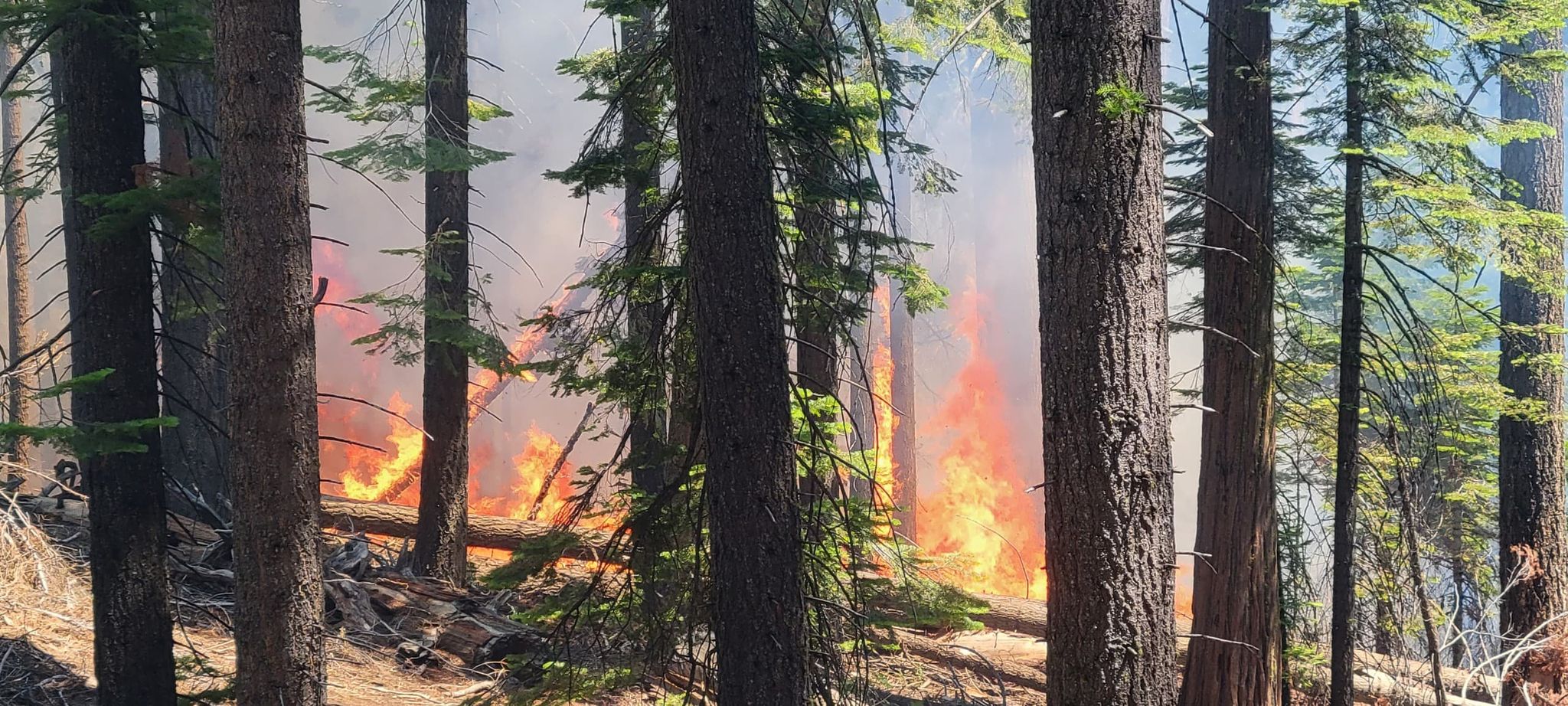Wildfire rages near Yosemite’s famous giant sequoia trees
The Washburn Fire had to grown 60-70 acres in a 24-hour period

Your support helps us to tell the story
From reproductive rights to climate change to Big Tech, The Independent is on the ground when the story is developing. Whether it's investigating the financials of Elon Musk's pro-Trump PAC or producing our latest documentary, 'The A Word', which shines a light on the American women fighting for reproductive rights, we know how important it is to parse out the facts from the messaging.
At such a critical moment in US history, we need reporters on the ground. Your donation allows us to keep sending journalists to speak to both sides of the story.
The Independent is trusted by Americans across the entire political spectrum. And unlike many other quality news outlets, we choose not to lock Americans out of our reporting and analysis with paywalls. We believe quality journalism should be available to everyone, paid for by those who can afford it.
Your support makes all the difference.A fire has broken out in Yosemite National Park, forcing closures around some of the area’s world-renowned giant sequoia trees.
In the space of 24 hours, the Washburn Fire had grown to 60-70 acres, the National Parks Service (NPS) said on Thursday night, and led to the closing of Yosemite’s Mariposa Grove.
The area is home to some of the world’s most famous trees, including the Grizzly Giant — a 209 feet (64 metre) sequoia once visited by former president Teddy Roosevelt.
The rest of the national park, located in central California, remained open.
Mariposa Grove has over 500 giant sequioas, the world’s largest trees, native only to the Sierra Nevada mountains.
The trees are close relatives of the coastal redwood, another massive tree species, which can grow hundreds of feet tall and live for more than 1,000 years.
Giant sequoias are well-adapted to wildfire, and in fact, wildfire is often necessary for them to grow. The trees’ thick bark and tall branches protect them from the flames, which can clear the ground below trees, helping new sequoia seedlings take root, NPS says.
This all worked well when fire was a normal occurence in the Sierra Nevada landscape. But over the past century, humans have often supressed fires in the mountains which, coupled with the impacts of the climate crisis, has caused high-intensity fires that have devastated sequoia groves.
In 2020 the Castle Fire burned through 171,000 acres – almost the size of New York City – and killed thousands of large sequioas, NPS says.
Sequoias are currently listed as “endangered” on the International Union for Conservation of Nature’s Red List, with threats including the risk of intense fires.
As temperatures rise and drought intensifies, the risk of more intense, longer and unpredictable wildfires will increase in the American West. A recent report found that many properties in the western half of the country are under a severe risk of burning over the next 30 years.



Join our commenting forum
Join thought-provoking conversations, follow other Independent readers and see their replies
0Comments